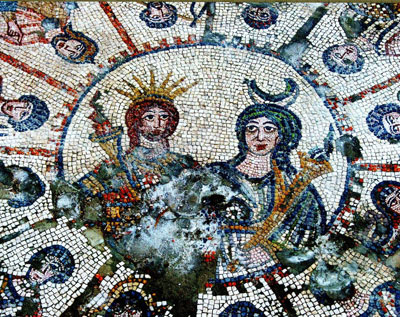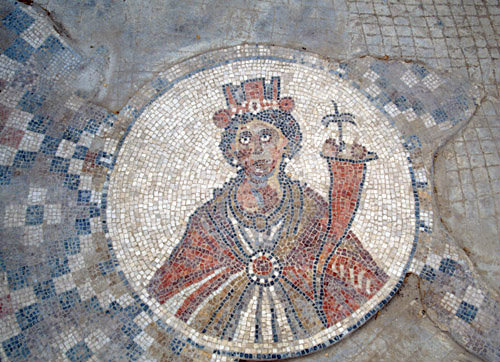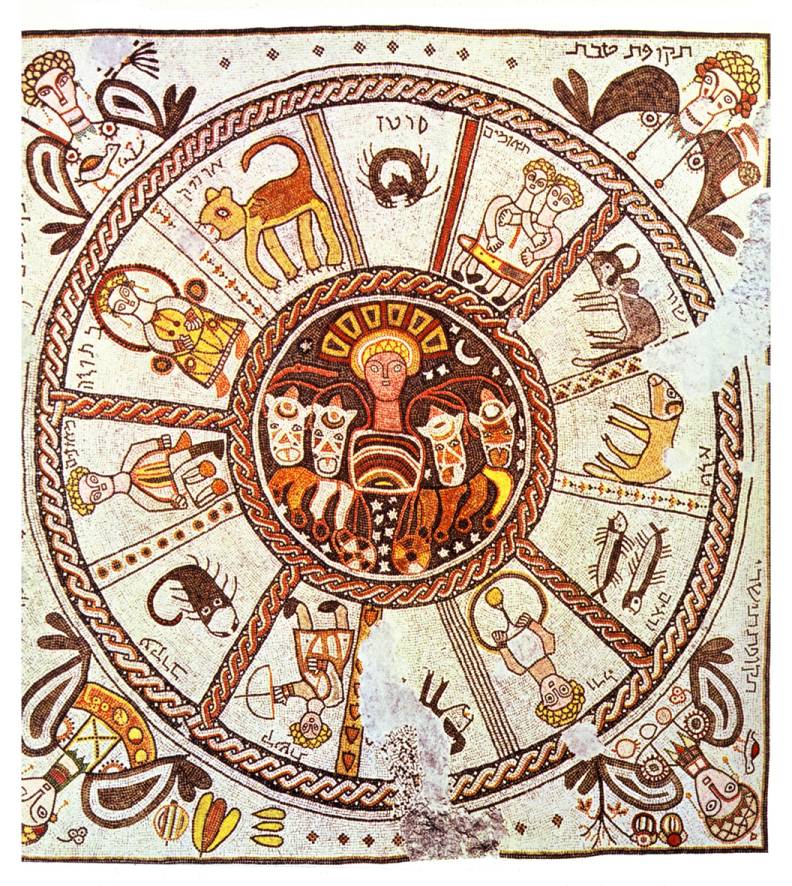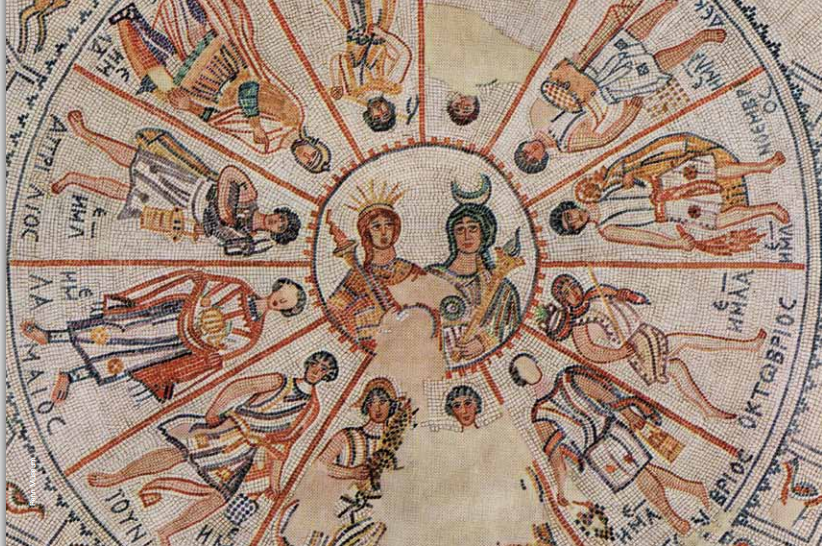Hosted by Jacobovici Simcha. This particular episode deals with the concept of the "Bride of God"
Here's the nuts & bolts.
1. Mary Magdalena was not a prostitute
2. Take a look at Michelangelo's Pieta. Why is her face so young? Assuming Mary bore Jesus somewhere between 15-20, she would be around 50 years old at the Crucifixion. We aren't the first to notice. Michelangelo himself said that he depicted her as young in deference to her innocence and virginity.
3. But wait! Michelangelo frequently created small sculpture models depicting his vision of the completed work. The prototype for the Pieta has been found. Supposedly. According to the program, Michelangelo preferred to create terra cotta prototypes using a specific lighter-colored clay. Based upon spectrography, compared against known-Michelangelo prototypes, the recipe used with the Pieta was the same. Therefore, the prototype must be valid and real.
4. It's hard to see, but looking at the prototype, there is another figure whose head is missing. Upon inspection (sorry, I couldn't find any online pics for that) the figure at Mary's left hand appears to have wings broken off. Also, there's a strap that may have attached to a quiver of arrows.
5. It must be Cupid! Well, this puts an entirely different light on the picture. Michelangelo must have originally intended that this was a depiction of Jesus and his grieving widow, Mary Magdalena. After all, nobody would put Eros, a god of love, in a scene with Mary Mother of Christ. The Pieta that we know and love was commissioned by the Vatican, and thus was reorganized slightly to remove all references to Eros.
6. Nevertheless, if Mary Magdalena was the wife of Jesus, surely there must be some more evidence that survived despite efforts made by the church in antiquity.7. Ruins in Beit Shean contain a mosaic of a man carrying a cornucopia topped with a cross.
8. Additional ruins in a monastery in Beit Alpha contain a mosaic of a man surrounded with a halo that also resembles the regalia of a sun god. Helios.
9. The sun god's lunar counterpart was Artemis.
10. Could it be that the ancient Christians adapted Helios and Artemis to be Jesus and his wife, Mary Magdalena?
11. Yes! A mosaic in a Beit Shean monastery shows Jesus (Helios) and Mary Magdalena (Artemis) surrounded by a circle of twelve men. Of course, a piece of art that shows a guy surrounded by 12 men, MUST be Jesus!
That would be awesome, right? Of course, I wanted to research this a bit more.
1. Duh. Read the scriptures, people. Apparently Mary was a common name in antiquity.
2. Ummmm...
3. Good grief. The recipe should be very common. While artists frequently mix their own media, recipes are often passed from master to student. Contemporaries who may have used the same recipe: Michelangelo's master, his students, any other renaissance sculptor in the area who had access to the same quarries and claypits.
4. Cherubim, people! The quiver may be indicative of a weapon used to protect the holy family during a private time of grief.
5. What's more, the Bible indicates that there were angels present to witness the resurrection. Why not the same during the crucifixion? Perhaps our Heavenly Father saw the need to protect his Son's body during those 3 days.
6. Yes, let's find some more reliable evidence.
3. This mosaic is from a synagogue that was part of an inn. It depicts the goddess of the region, Tyche. Whoops. Not a guy. Not even part of the actual synagogue. Good news: religious gatherings have been subletting larger public buildings for quite awhile. BTW - this is Byzantine era stuff. ca. 330AD at the earliest.
4. Yes, this mosaic is in what appears to be a monastery. Check the definition of monastery. Also, notice that Helios is surrounded by symbols of the zodiac. 12 of them. This particular detail was missing from the tv program.
5. Duh. Thing is, Helios is a 'more modern' name for Apollo. Artemis was his sister. Ummmm...Mr. Simcha, where exactly are we going with this?
6. We all know that clergy in the early church frequently adapted existing pagan mythologies to the stories of Christ. I mean, what's a poor monk to do? Mosaics are expensive! Plus, hey he can point to Helios there as Jesus and offer the new skinny on the not-pagan God. (in the form of the sermons on the mount)
7. And tucked away in this not-open-to-the-public monastery is the mosaic that ties Jesus and Mary Magdalena as man and wife. A more detailed look at the full work of art shows that the twelve men represent the months of the year. Even my rudimentary greek alphabet can put the words together.
This is the second time I've come across a 'scientific' program broadcast by Discovery/Science Channel that was fallacious beyond reason. Sensationalism with a subtext of hidden agenda.
I know not what this agenda may be, but one might look upon Mr. Simcha with a critical eye.
Otherwise, I would only urge that that perhaps this is not a direct attack upon the Bible, but an effort (perhaps misguided?) at opening our minds towards the possibility that while the Bible contains the essentials for spiritual salvation, additional elements of historical relevancy were intentional omissions.






No comments:
Post a Comment
Note: Only a member of this blog may post a comment.